Take Nothing, Leave Nothing
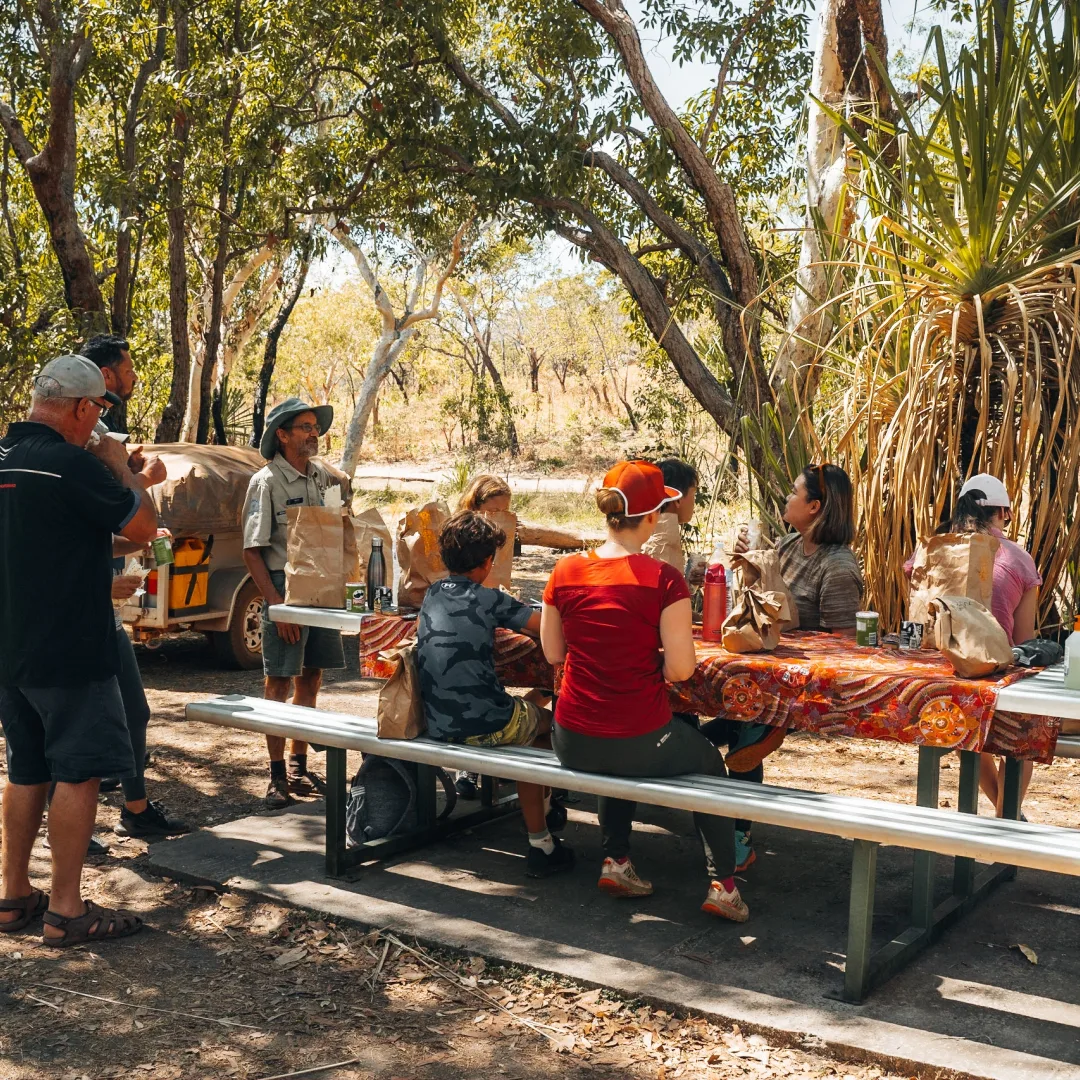
Country; people, land and culture.
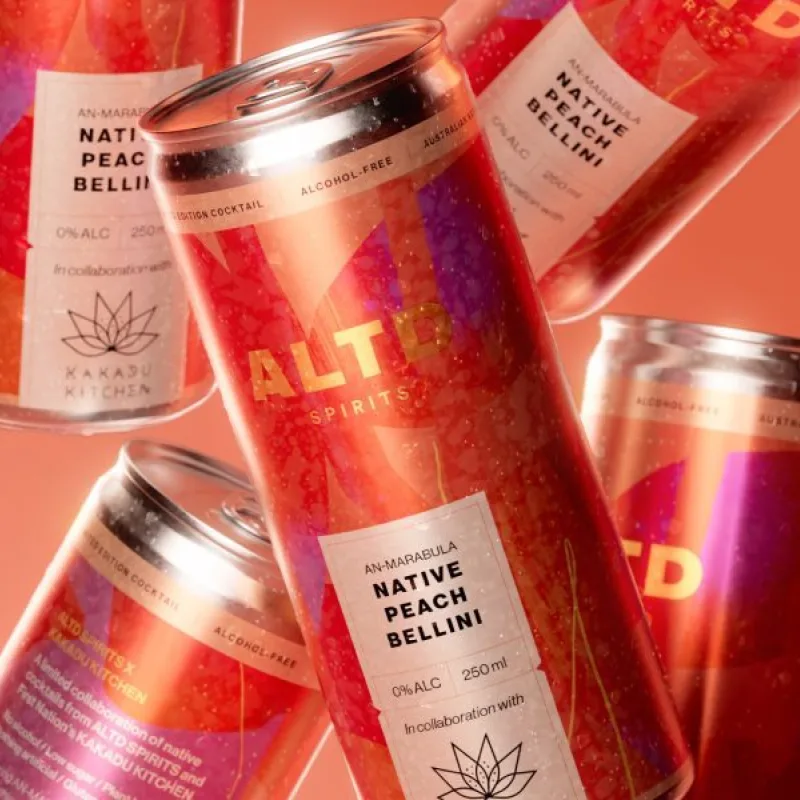
Kakadu Kitchen by Ben Tyler
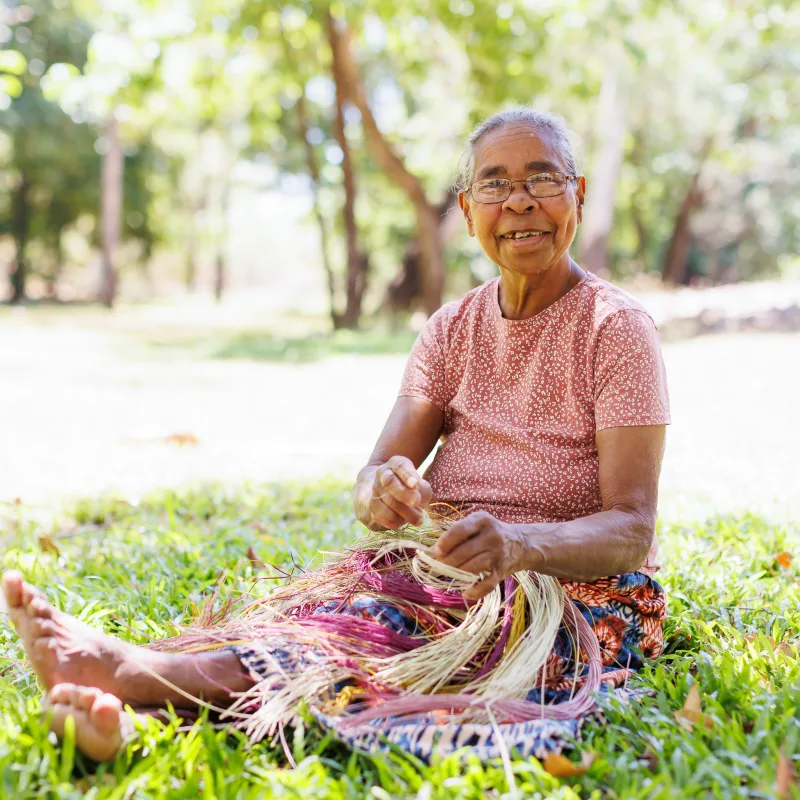
Warradjan Aboriginal Culture Centre
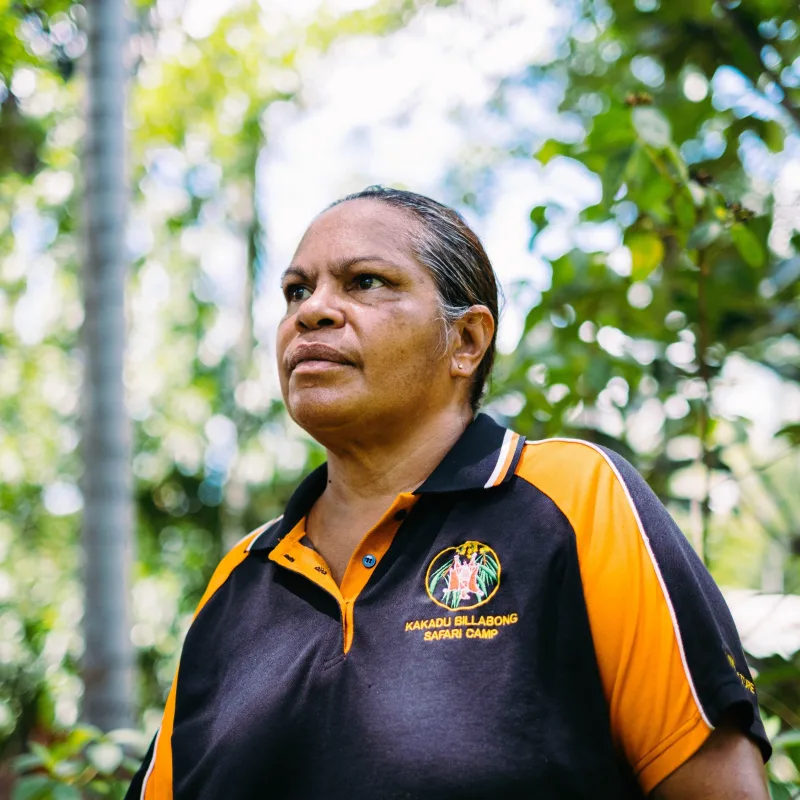
Kakadu Billabong Safari Tours by Mandy Muir
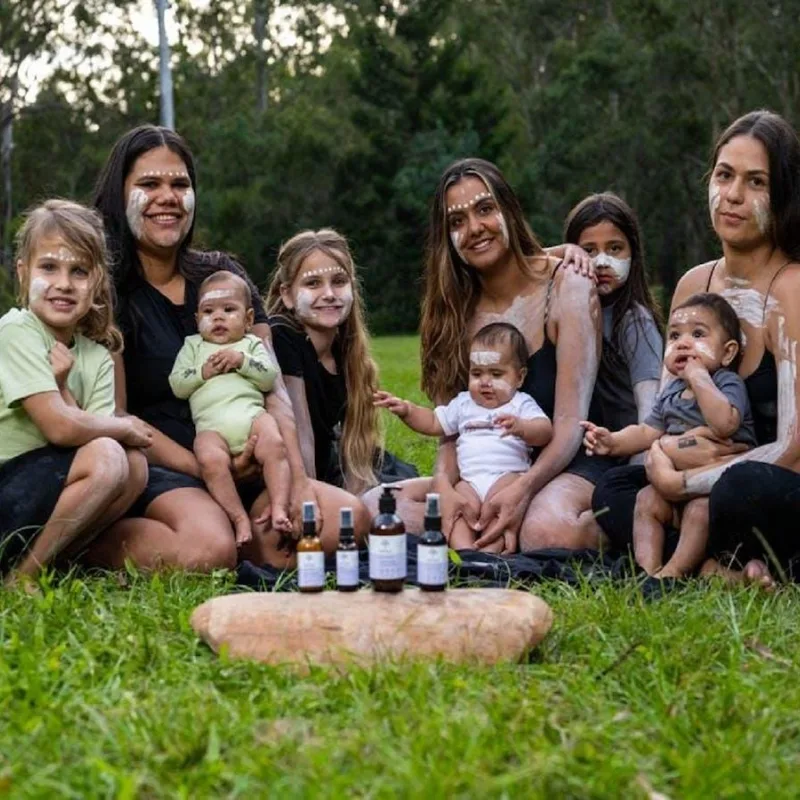
Kakadu Organics by Kylie-Lee Bradford

Yibekka Tours by James Morgan

Ayal Aboriginal Tours by Victor Cooper
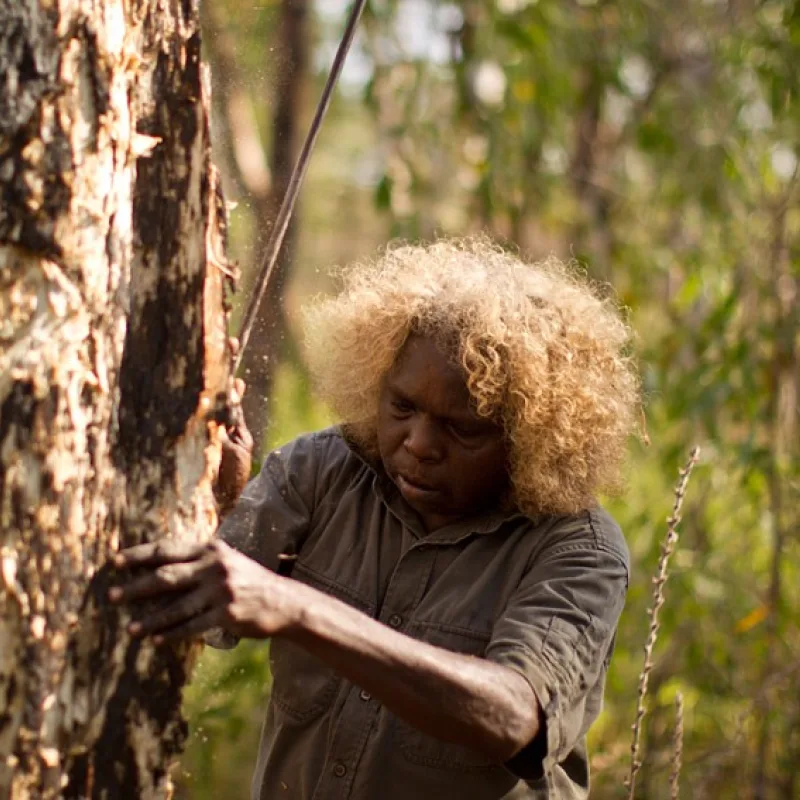
Animal Tracks Tours by Patsy Raichiwanga Raglar
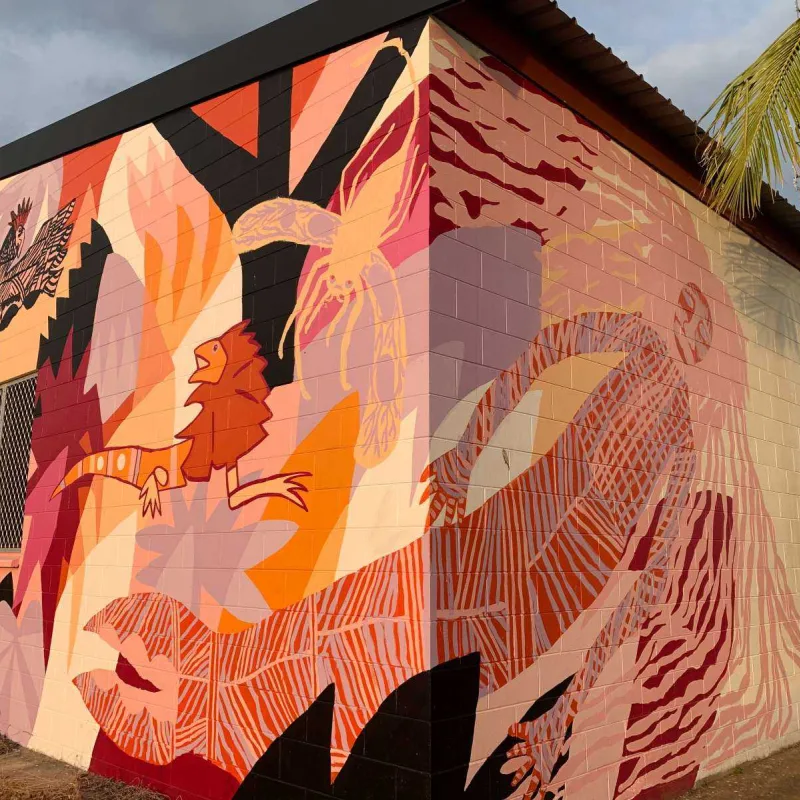
Marrawuddi Arts & Culture
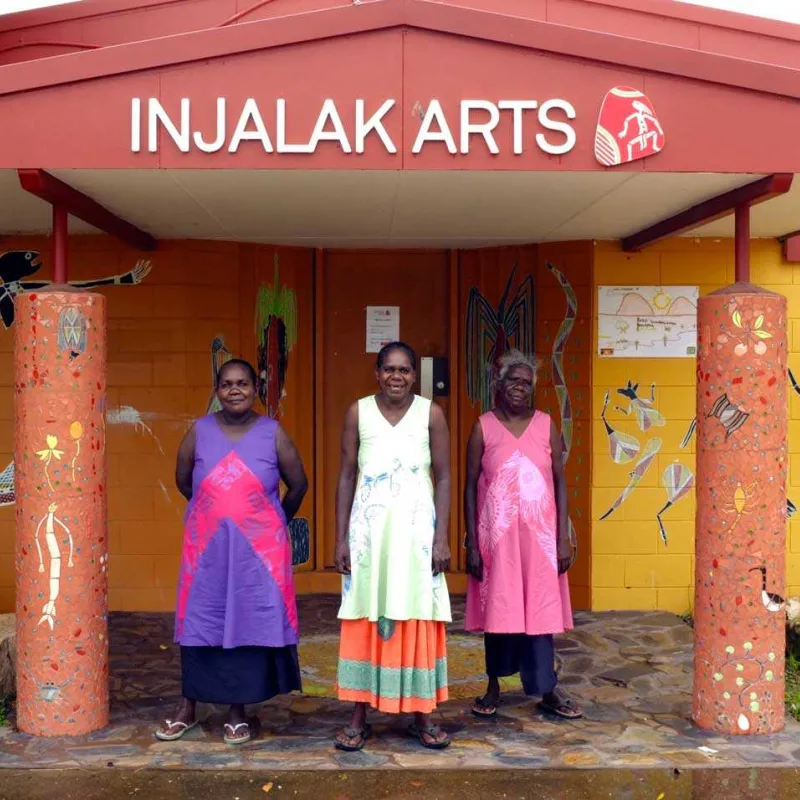
Injalak Arts